Search
Remove Ads
Advertisement
Summary
Loading AI-generated summary based on World History Encyclopedia articles ...
Search Results
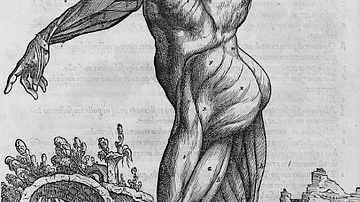
Image
The Human Muscles from On the Fabric of the Human Body
A diagram of the human muscles from Andreas Vesalius' (1514-1564) celebrated book on anatomy, On the Fabric of the Human Body, first published in 1543. (University of Amsterdam Collection)
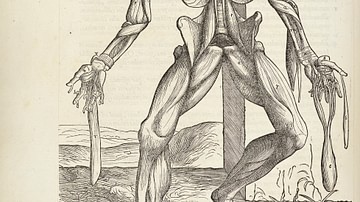
Image
Human Anatomy from On the Fabric of the Human Body
A diagram of human anatomy from Andreas Vesalius' (1514-1564) celebrated book, On the Fabric of the Human Body, first published in 1543. (Wellcome Images)

Article
Early Human Migration
Disregarding the extremely inhospitable spots even the most stubborn of us have enough common sense to avoid, humans have managed to cover an extraordinary amount of territory on this earth. Go back 200,000 years, however, and Homo sapiens...
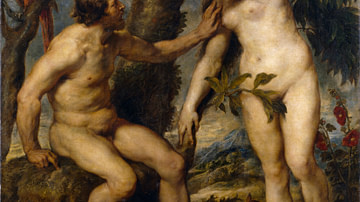
Article
The Christian Concept of Human Sexuality as Sin
In the ancient world, human sexuality was crucial for the survival of the tribe and clan as well as pleasurable, a gift from the gods. Thousands of native cults emphasized fertility through rituals and prayers, and ancient gods were depicted...

Article
The Origins of Christian Teachings on Human Sexuality
The Bible is often quoted in the modern discourse concerning human sexuality, gender identification, same-sex marriages, birth control, and especially abortion. However, most modern Christian teaching evolved from the writings of the Church...
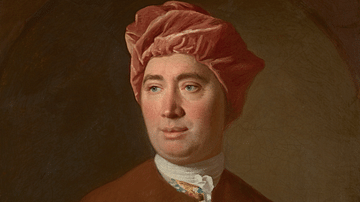
Definition
David Hume
David Hume (1711-1776) was a Scottish philosopher, writer, historian, and important figure in the Enlightenment. Hume presented a positive view of human nature but a sceptical view of religion's usefulness. His Treatise of Human Nature was...
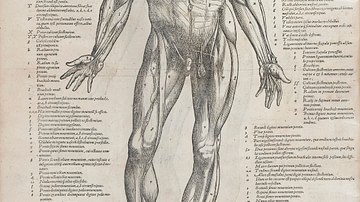
Image
Page from On the Fabric of the Human Body
An intricately labelled diagram of the human muscles from Andreas Vesalius' (1514-1564) celebrated book on anatomy, On the Fabric of the Human Body, first published in 1543. (Wellcome Images)

Image
Early Human Migration Across the Globe
This map illustrates the early global migrations of Homo sapiens ("thinking man"), one of the most remarkable movements in human history. Beginning with small groups venturing out of ancestral Africa, these early humans spread across continents...

Image
Vesalius Dissecting a Human Body
The frontispiece of On the Fabric of the Human Body (1543) by Andreas Vesalius (1514-64). The anatomist is shown making a dissection of a human body. (National Library of Medicine)

Image
Title Page, Treatise of Human Nature
The title page of Treatise on Human Nature by the Scottish philosopher David Hume (1711-1776). A key text of the Enlightenment, it was first published in 1740. The quote from Tacitus reads: "It is the rare happiness of these days that one...